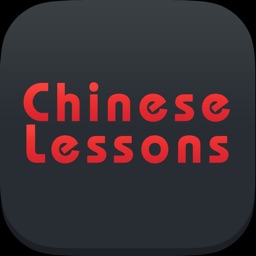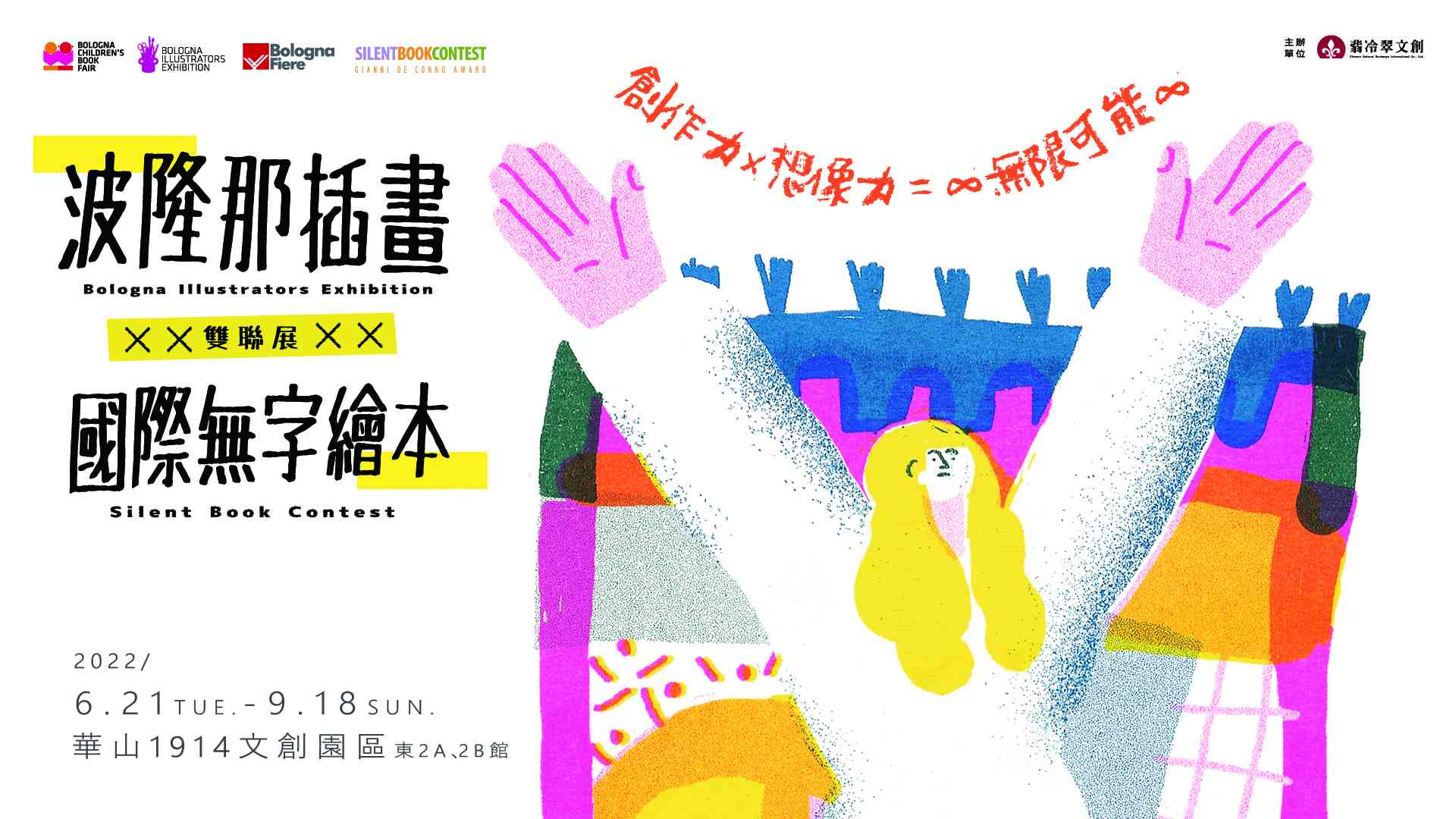For many Mandarin learners and foreigners living in China, going out to eat in restaurants can be a delicious yet intimidating experience. From reading the menu to ordering food in Chinese, navigating a smooth dining experience in China requires some knowledge of the Chinese language as well as familiarity with how to order food in China.
If you can get yourself feeling confident about ordering Chinese food, you’re going to have a much better experience eating out in China — your stomach will thank you!
In this article, we’ll help you learn all the basics you need to know for dining in China, including reading Chinese menus and ordering food in Mandarin. With this preparation, the next time you head out to eat, you’ll be able to grab a chair and dig into the meal without sweating your Chinese.
Ordering Food in Chinese: Top things to know
Entering the Restaurant and Getting a Table
Entering into the atmosphere of a bustling Chinese restaurant can overwhelm the senses with the enticing aromas of food and drink and the bright sounds of laughter and conversation. In China (and Asian cultures in general), people are more likely to socialize with family or friends over a meal in family-friendly establishments (particularly for certain special occasions like the Mid-Autumn Festival in China).
Lively Chinese conversation in restaurants can make them very noisy places. In fact, people often associate the noise level of an eatery with the quality of its dishes, so if you’re looking for great eats, the more noise, the better!
Below are some useful words and phrases for when you walk into a restaurant and are trying to get seated or get take-out in Chinese:
| Chinese | Pinyin | English |
| 欢迎光临! | Huān yíng guāng lín! | Welcome! |
| 请稍等一下! | Qǐng shāoděng yíxià! | One moment, please! |
| 请问几位? | Qǐng wèn jǐ wèi ? | How many people? |
| ___ 位。 | ___ wèi. | There are ___ people (in our party). |
| 外带 | wài dài | takeout |
| 抽烟吗? | Chōuyān ma? | Smoking or non-smoking? |
| 有什么特殊的场合吗? | Yǒu shénme tèshū de chǎnghé ma? | Are you celebrating a special occasion? |
| 你预定一张桌子了吗? | Nǐ yù dìng yī zhāng zhuō zi le ma? | Have you booked a table/made a reservation? |
| 请 | qǐng | Please… (Only used at the beginning of a sentence, and never used on its own.) |
| 谢谢 | xiè xiè! | Thank you! |
Actually Ordering Food in Chinese
Once you get settled at your table, it’s time to check out the menu and order your food.
The tradition in China is to share, so when you’re ordering in a group, know that you’re all ordering for everyone, family style.
If you’re trying to decide how much food to order for your group, a good rule of thumb is to order one dish per person, though the Chinese custom is to err on ordering too much food to show generosity and hospitality.
| Chinese | Pinyin | English |
| 服务员! | fú wù yuán! | Waiter! |
| 菜单 | cài dān | May we have a menu? |
| 可以点菜了吗? | Kěyǐ diǎn cài le ma? | Are you ready to order? |
| 我们要点菜。 | Wǒmen yào diǎn cài. | Yes, we are ready to order. |
| 你有什么推荐? | Nǐ yǒu shí me tuī jiàn? | What’s your recommendation? |
| 这里最火的菜是什么? | zhè lǐ zuì huǒ de cài shì shénme? | What’s the most popular dish here? |
| 请给我们三碗米饭 | qǐng gěi wǒmen sān wǎn mǐfàn | Can we please have three bowls of rice? |
| 四杯冰水! | sì bēi bīng shuǐ | Four cups of ice water! |
| 有筷子吗? | yǒu kuài zi ma? | Do you have chopsticks? |
| 你们有什么素菜吗? | nǐmen yǒu shénme sùcài ma? | Do you have any vegetarian dishes? |
| 你有无麸质菜吗? | Ní yǒu wú fūzhì cài ma? | Do you have a gluten-free dish? |
| 有什么忌口吗? | yǒu shénme jì kǒu ma? | Are there things you do not eat? |
| 我不吃… | wǒ bù chī | I don’t eat… |
| 我对坚果过敏。 | Wǒ duì jiānguǒ guòmǐn. | I am allergic to nuts. |
Chinese Menus
Some restaurants offer menus with English translation, but most local restaurants only have Chinese menus available. Fortunately, many restaurants include pictures of their most recommended or popular dishes.
In any case, it’s a good idea to know your food vocabulary. It’s rarely a fun experience to order a dish only to realize upon receiving it that you didn’t actually know what you were asking for.
Using Hack Chinese, you can build up handy vocabulary lists (like these ones pre-built for “food” and “Chinese food”) to ensure that you know how to talk about food in Mandarin and that you can order your dumplings just how you like every time.
Here’s a list of some of the most popular Chinese dishes you might want to know:
| 米饭 | mǐ fàn | Rice |
| 粥 | zhōu | Congee |
| 饺子 | jiǎo zi | Dumplings |
| 面条 | miàn tiáo | Noodles |
| 汤面 | tāngmiàn | Noodle soup |
| 炒面 | chǎomiàn | Chow mein |
| 春卷 | chūnjuǎn | Spring rolls |
| 北京烤鸭 | Běijīng kǎoyā | Peking duck |
| 红烧茄子 | hóng shāo qié zi | Fried eggplant |
| 拔丝香蕉/苹果 | bá sī xiāng jiāo/píng guǒ | Caramelized banana/apple |
…and here are some fast food favorites:
| 薯条 | shǔ tiáo | Fries |
| 牛肉汉堡 | niú ròu hàn bǎo | Beef burgers |
| 鸡肉汉堡 | jī ròu hàn bǎo | Chicken burgers |
| 可乐 | kě lè | Coke |
Receiving Your Order
When your food gets to your table, check to make sure you’ve got all the right dishes. Once you’re ready, dig in!
Loud tongue clicking and slurping are signs of being happy with your food. And eating everything that’s on the table? That’s actually quite rude in Chinese culture.
Here’s some vocab that will help with this stage of the meal:
| Chinese | Pinyin | English |
| 这不是我点的。 | Zhè búshì wǒ diǎn de. | This is not what I ordered. |
| 还要点一份这个。 | hái yào diǎn yī fèn zhè ge. | I would like to order one more of this dish. |
| 你们有什么甜点? | nǐmen yǒu shén me tián diǎn? | What desserts do you have? |
| 请再给我们… | Qǐng zài gěi wǒmen … | Please bring us some… |
| 是我的。 | Shì wǒde. | That is for me |
| 请享用 | Qǐng xiǎng yòng | Enjoy your meal! |
Paying the Bill
In China, meals are eaten relatively quickly, and it is customary to leave the restaurant as soon as everyone is finished.
When it comes to paying for the meal, men usually pay for women on dates, and older people typically pay for younger people.
As your meal comes to a close, here are some phrases you might want to have handy:
| Chinese | Pinyin | English |
| 服务员,买单! | fú wù yuán, mǎi dān! | Waiter, bill! |
| 请给我帐单。 | Qǐng gěi wǒ zhàngdān. | Could I have the bill? |
| 我可以用信用卡吗? | Wǒ kěyǐ yòng xìnyòngkǎ ma? | Can I pay by credit card? |
| Apple Pay可以吗? | Apple Pay kě yǐ ma? | Can I pay by Apple Pay? |
| 我要打包. | Wǒ yào dǎ bāo. | I want to wrap up the leftovers. |
| 谢谢邀请 | Xiè xiè yāo qǐng | Thank you for the invitation! |
Is There Tipping in China?
It’s not customary to tip in restaurants in China. If the service was exceptionally good, and you are paying in cash, you can simply ask them to keep the change as a tip.
| 小费 | xiǎofèi | tip |
| 不用找了,当小费吧! | bú yòng zhǎo le, dāng xiǎo fèi ba | No need to get change, keep it as a tip! |
| 你服务得很好,谢谢! | Nǐ fú wù dé hěn hǎo, xiè xiè! | Your service was very nice, thanks! |
Some (Chinese) Food for Thought
Eating Chinese food can be a fantastic opportunity to get to know more about Chinese culture and learn Chinese vocabulary.
Even if you don’t have a chance to go to China, you can attempt to practice your new skills wherever you live by patronizing Chinese restaurants (though be aware that not all Chinese restaurants operate using Chinese). If you’re fortunate, you’ll find tasty local opportunities for practicing how to order food in Mandarin.
If you find yourself planning to eat out using the Chinese language (in China or elsewhere), prepare by looking over some vocabulary for ordering food in Chinese. The smoother your interactions with the restaurant staff go, the more of your own attention you’ll be able to direct towards your company and your food. Allow yourself to experience and enjoy your meal rather than fret about your language skills! After all, scrumptious food is one of the best parts of learning about another culture.




